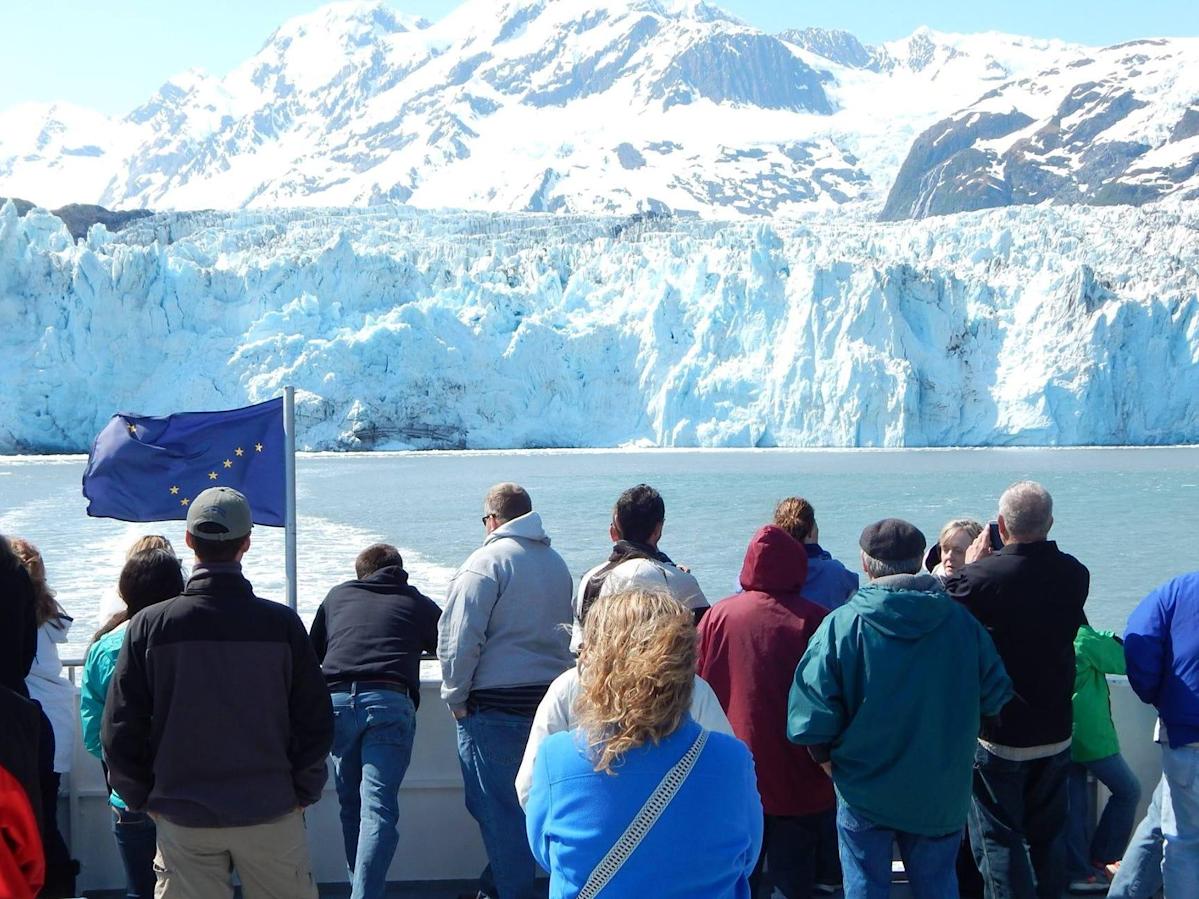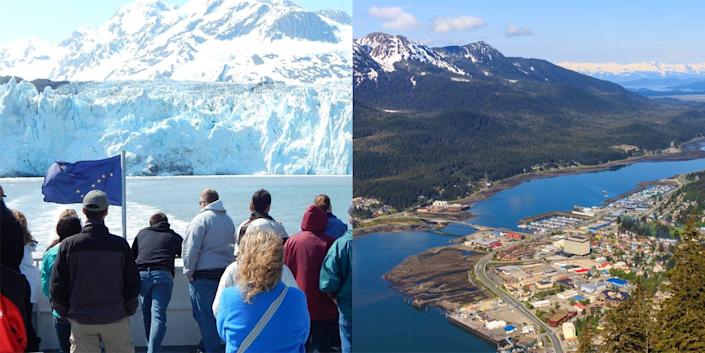
-
I moved to Alaska over 21 years ago and there are things tourists should know before visiting.
-
Educate yourself about and respect the history and traditions of Alaska Natives.
-
Don’t push your physical limits and make sure you wear the right clothes when you go on an outdoor adventure.
In September 2001, my husband and I loaded up our cars and drove across the country from Chicago to Alaska.
We spent the first seven years in the capital city of Juneau before moving north to Anchorage, which has been our home for the past 14 years.
In the past 21 years I have learned a lot about this beautiful place. Here are 10 things I think visitors should know.
You are a guest in the native lands of Alaska
Alaska Natives called Alaska their home long before the colonizers arrived and took control of their land, so it’s important to remember that we are all guests in their homeland.
Someone who was born and raised in Alaska, even if they can trace their ancestry back several generations, is not an Alaska Native – they are just someone who fell in love with the state and never left.
There are 229 state and federally recognized tribes in Alaska, and their histories, traditions, and people deserve our respect.
One of the best ways to show that respect is to learn about that history with a visit to the Alaska Native Heritage Center in Anchorage, which features permanent collections, life-size replicas of village sites, and educational programs.
Keep your hands off the wildlife
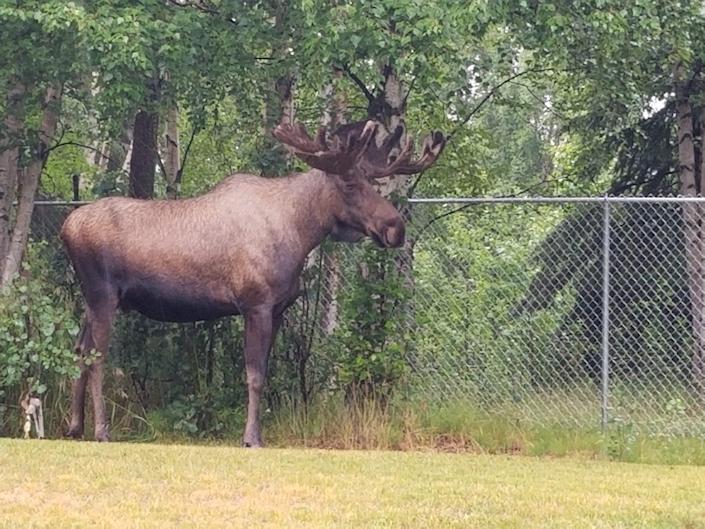
Elk, bears and eagles are common neighbors in Alaska. It’s not uncommon for a large moose to stop traffic or for people to find evidence that a bear rummaged through their trash.
Seeing these beautiful animals in their natural habitat is a big reason people travel here, but for the safety of yourself and the animals, admire them from a distance.
Animal attacks are rare, but when they do happen, they can be deadly – to both humans and wildlife.
Fortunately, there are plenty of safe options for wildlife viewing. In and around Anchorage alone, you can visit the Alaska Zoo, musk oxen and reindeer farms in Palmer, the Alaska Wildlife Conservation Center in Portage, and the Alaska SeaLife Center in Seward.
Step aside while taking pictures
While you’re visiting Alaska and enjoying your bucket list trip, you’ll probably want to take pictures, but don’t clog the streets while you do.
Whether you’re admiring the scenery or snapping a photo of the whales swimming through the Turnagain Arm, remember that people also try to get to work, school or hockey practice.
Stay on the sidewalk and use the pull-out points if there are more than five cars behind you on the highway.
The glaciers are definitely worth seeing
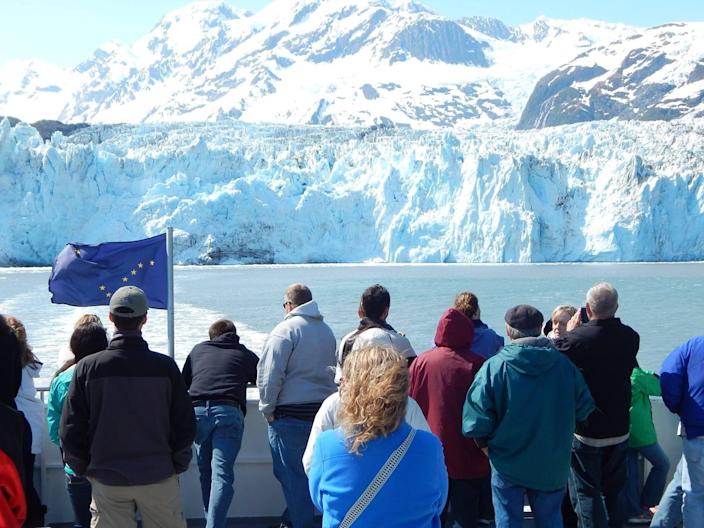
Alaska has 100,000 glaciers, the largest number of any US state. You can hike or kayak past some, enjoy a dog sled ride on top of others, or get a bird’s-eye view of the ice fields with a helicopter ride.
One of the best ways to see them is on a half- or full-day cruise through Prince William Sound from Whittier or Kenai Fjords National Park.
These cruises offer breathtaking up-close views and narration by a park ranger. If you listen closely, you may be able to hear a glacier calve.
While there’s no official guarantee that you’ll see wildlife, it’s rare that you don’t encounter at least one harbor seal, otter, or Dall’s porpoise swimming in the icy water during a trip.
Make sure you bring enough layers and protection for outdoor activities
The weather in Alaska is unpredictable. Sometimes you can enjoy winter, spring, summer and fall in one day.
Check the weather forecast before heading out and dress in layers. Stay dry and warm with moisture-wicking pants – not made of cotton, because it dries less quickly – as well as an insulating midlayer, such as a fleece, and a waterproof jacket.
Sneakers or chunky sandals are fine for paved trails, but for more strenuous hikes or hikes through the woods, opt for waterproof boots to keep your feet dry and protected.
When you go into the forest, bring a bell or whistle to alert the bears to your presence. A can of bear spray won’t hurt either – just make sure you know how to use it.
And before you head out, make sure someone knows your itinerary in case you run into trouble.
It’s important to know your limits and not push them
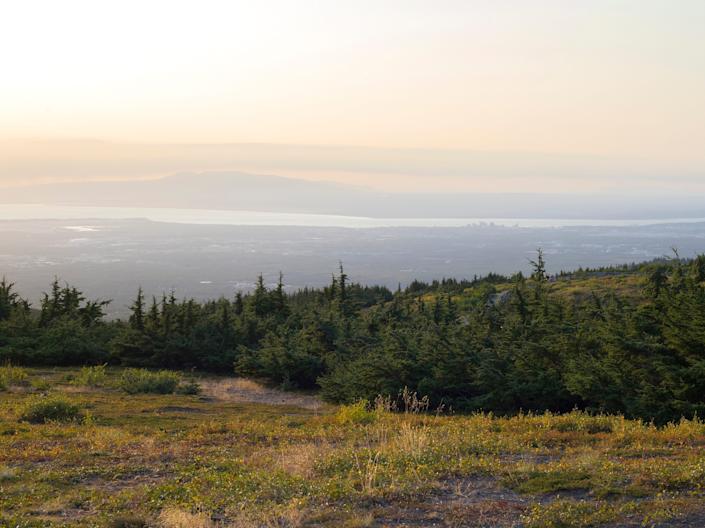
Alaska is as beautiful as it is unforgiving – even the most seasoned adventurers can get into trouble.
There’s no shame in knowing your limits and taking it “easy”.
The views along the 11-mile Tony Knowles Coastal Trail in Anchorage are just as spectacular as those from Flattop, one of the city’s most popular destinations.
Remember that Alaskans are still Americans
Unless you live outside the lower 48 (what many Alaskans call the continental US), don’t ask us if we can exchange your money, speak English, or send your postcards by airmail.
Some Alaskans may enjoy their independent spirit, but we are still Americans.
There’s more to dinner than just seafood
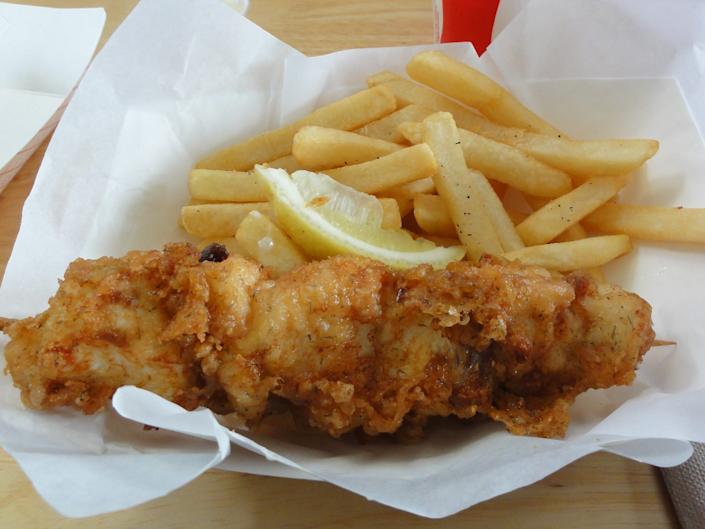
Seafood is king in Alaska, and there’s no shortage of places to do it right.
But Alaska’s culinary landscape is more than just seafood. Chefs across the state showcase fresh Alaskan ingredients, from homegrown vegetables to locally grown yak and pork.
There’s barbecue, Filipino-Hawaiian fusion, German and Danish food, and steaks to rival the fanciest steakhouse in the south (another reference to the continental US).
The food truck scene is also thriving with various options. Everything from Guatemalan-American fusion and pancakes to reindeer dogs and Mexican food can be found at weekly carnival and weekend markets, as well as outside of local breweries, distilleries, and cider houses.
Driving can be slow, so give yourself some extra time
Summer is Alaska construction season, which often means longer driving times than expected.
Many roads also only have two lanes of traffic, so an accident or a landslide can add minutes to hours to your journey. Be sure to build a healthy cushion into your driving times to account for potential delays.
Don’t try to explore all of Alaska in a week
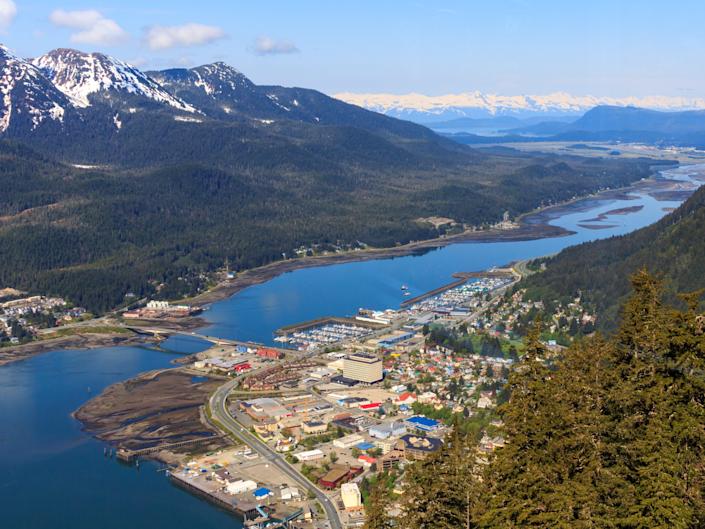
Alaska is 663,300 square miles — nearly two and a half times the size of Texas — so it’s basically impossible to see everything in one week.
Instead of cramming everything, focus your visit on a single region or small area. The less time you spend in the car, the more you really need to explore.
Read the original article on Insider
